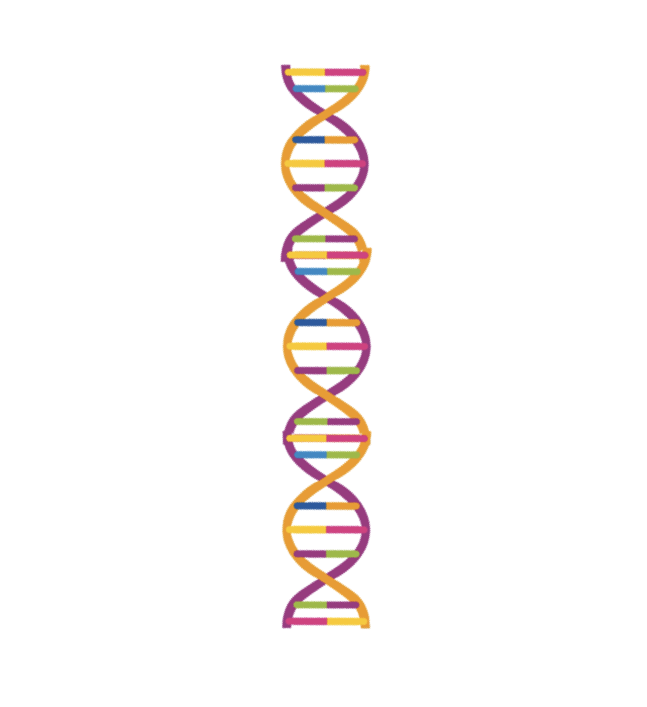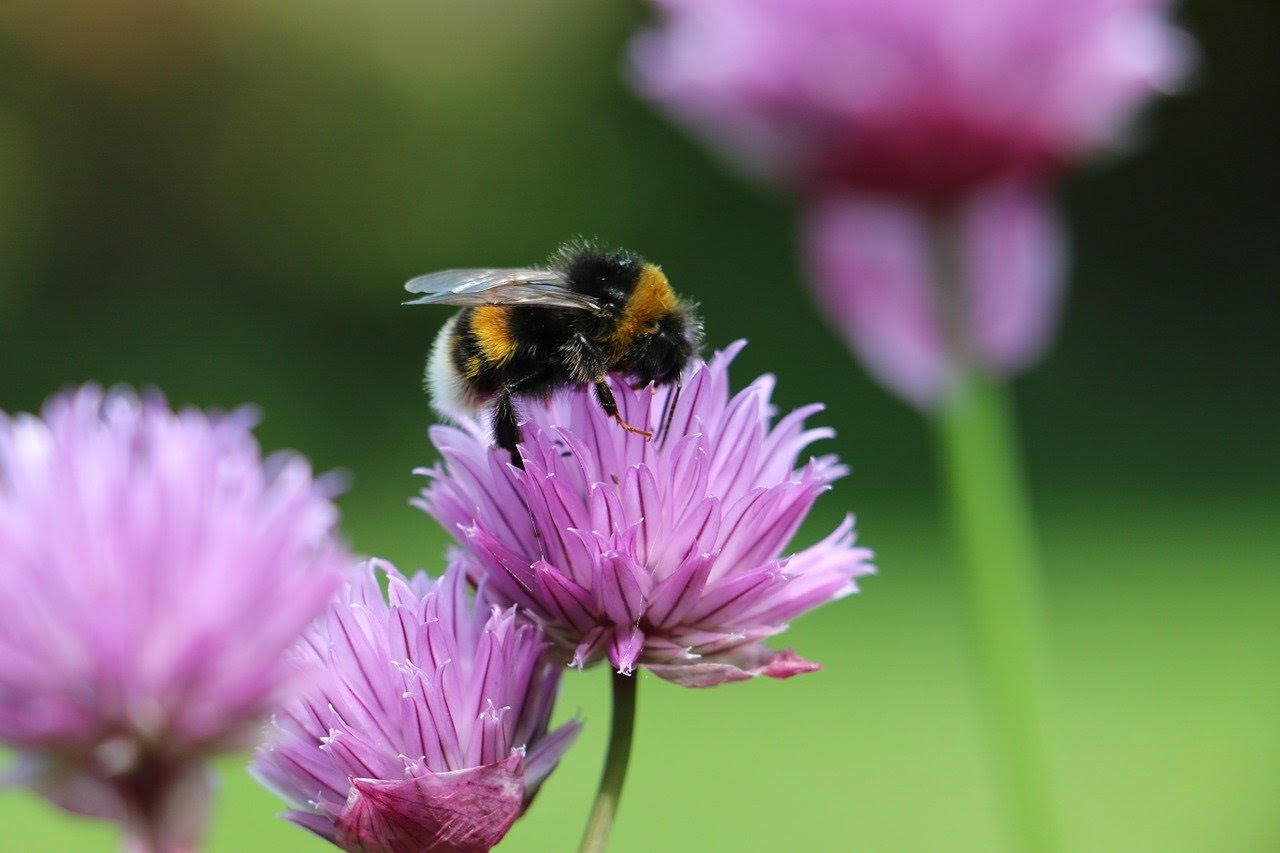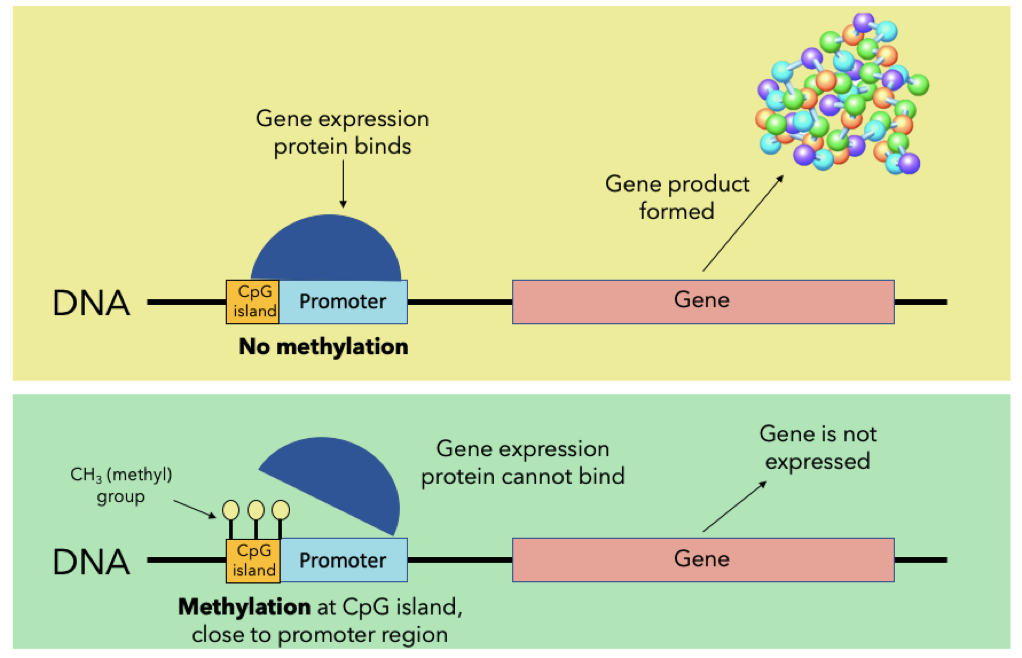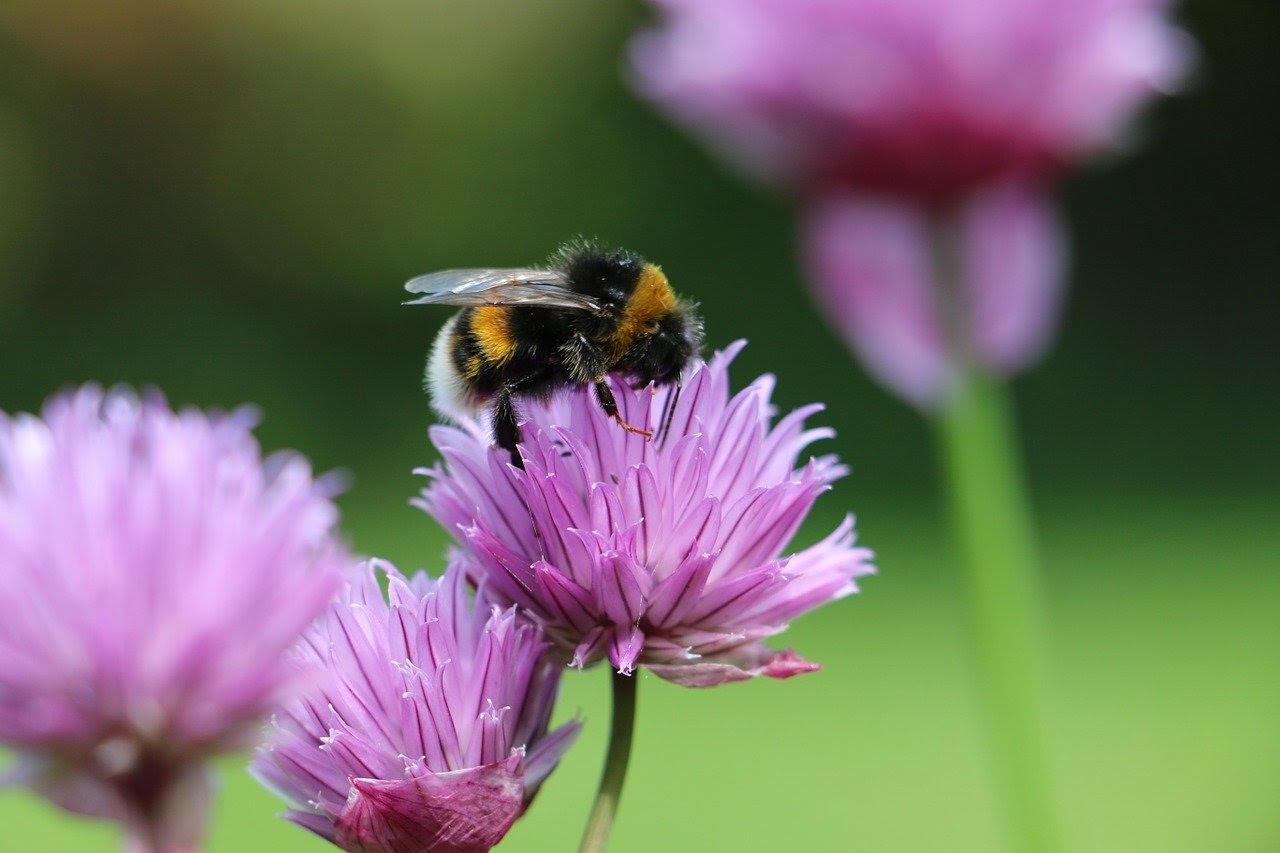By Megan Widdows

DNA, or deoxyribonucleic acid, is the genetic material found in the nucleus of each of our cells that determines our characteristics. It is a large polymer that is made up of two complementary chains are arranged into a twisted, double helix structure. Polymers are large molecules that are made up of many similar smaller molecules linked together in a long chain.
Although it is so small that it cannot be seen by the naked eye, your DNA contains all the genetic information needed to make up tens of thousands of genes in your genome. These genes are responsible for determining many of your physical characteristics such as hair and eye colour. Your genes also contain the information needed to produce proteins and other polymers such as RNA that carry out various essential functions in your body. These are referred to as gene products, and it is by producing these products that our DNA is able to be expressed in the body.
However, not all of these genes or their products are useful all the time, so it would be an inefficient use of our cells’ energy to express them all, all the time. This means cells need ways of switching on and off the expression of genes to enable them to carry out different functions, or to respond to changes in our bodies or environment.
The process of switching genes on or off is known as epigenetic modification, where changes in an organism are achieved by altering the expression of certain genes rather than changing the genetic code directly. This process occurs in all organisms, from humans right down to bacteria and viruses.
The most striking examples of individuals differing dramatically from one another, despite having the same underlying genome come from species with caste colonies. In biology, a caste refers to the division of a colony of individuals into sub-groups that are each specially adapted to carry out a particular function. This is common in insects such as ants, bees, wasps and termites who all have Queens that are used for reproduction. These castes also include workers and/or soldiers who are often sterile, which means they cannot reproduce. Instead, these workers carry out specialised tasks, defend the colony and even care for those members who can reproduce.

Bumblebee colonies, one example of a caste colony, are founded by a single queen who will first lay female eggs that were fertilised the year before. These will develop and become diploid female worker bees. Diploid means they have two sets of chromosomes, one from each parent. The queen then lays more eggs resulting in new diploid queens and haploid male drones, which have just one set of chromosomes from their mother only. The males and new queens leave the colony and don’t return. Once out of the colony, there are many more males than females so several males have to compete with one another to fertilise a queen. Many are unsuccessful so end up being unable to pass on their genes to the next generation.
This raises an interesting evolutionary question. Since most male drones and female worker bees don’t have chance to reproduce, how is their genetic material, and the information needed to maintain the caste system passed on to the next generation?
This is possible to be due to a type of epigenetic modification known as DNA methylation. This is the addition of a small hydrocarbon group known as a methyl group (CH3) to a cytosine base that is paired to a guanine base in an organism’s DNA. Cytosine and Guanine (C and G) are two of the four bases that make up DNA.
Areas of DNA that contain lots of paired cytosine and guanine are known as “CpG islands. These islands are often located close to special “promoter” regions which are sequences of DNA to which specific proteins can bind, initiating the expression of that gene. However, when a CpG island is methylated the proteins cannot bind so expression of that gene does not occur.

There are large differences in the levels of DNA methylation between castes, specifically on the genes that are responsible for many key biological functions including reproduction. The methylation of these key genes means that they can be switched on or off in different castes. For example, reproductive genes are not required in the sterile worker bees so these will be methylated and therefore not expressed.
This means that the different roles and associated characteristics within a bumblebee colony are not linked to genetic differences but are thought to be down to epigenetic changes. This one example highlights the importance of controlling gene expression, allowing different bees to take on different functions and support the survival of the colony. There are countless other examples in every organism, including humans.
The study mentioned in this article can be found here. A glossary of terms can be found below.
Tell us what you think about this blog…
We are trying to understand who reads our blogs and why, to help us improve their content.
By completing this survey, you agree that you are over the age of 18 and that your responses can be used in research at the University of Sheffield to evaluate the effect of blogging in science communication.
Glossary
Caste colony – an animal colony where there are distinct subsets of individuals that are specialised to carry out particular functions
Diploid – an organism with two sets of chromosomes.
DNA – the chemical that contains our genetic information. Its structure is a double helix, consisting of two opposing phosphate chains and four bases that are arranged in different formations to form the genetic code.
Haploid – an organism with only one set of chromosomes. In humans, the only haploid cells are gametes, the female egg and male sperm cells. Two haploid cells can fuse together in fertilisation to produce a diploid offspring.
Epigenetic modification – changes to an organism as a result of changes to gene expression rather than due to differences in the DNA
Gene expression – the process by which DNA is converted into a functional gene product, such as a protein
Methylation – the addition of a small hydrocarbon chain consisting of 1 carbon and 3 hydrogens (CH3)
